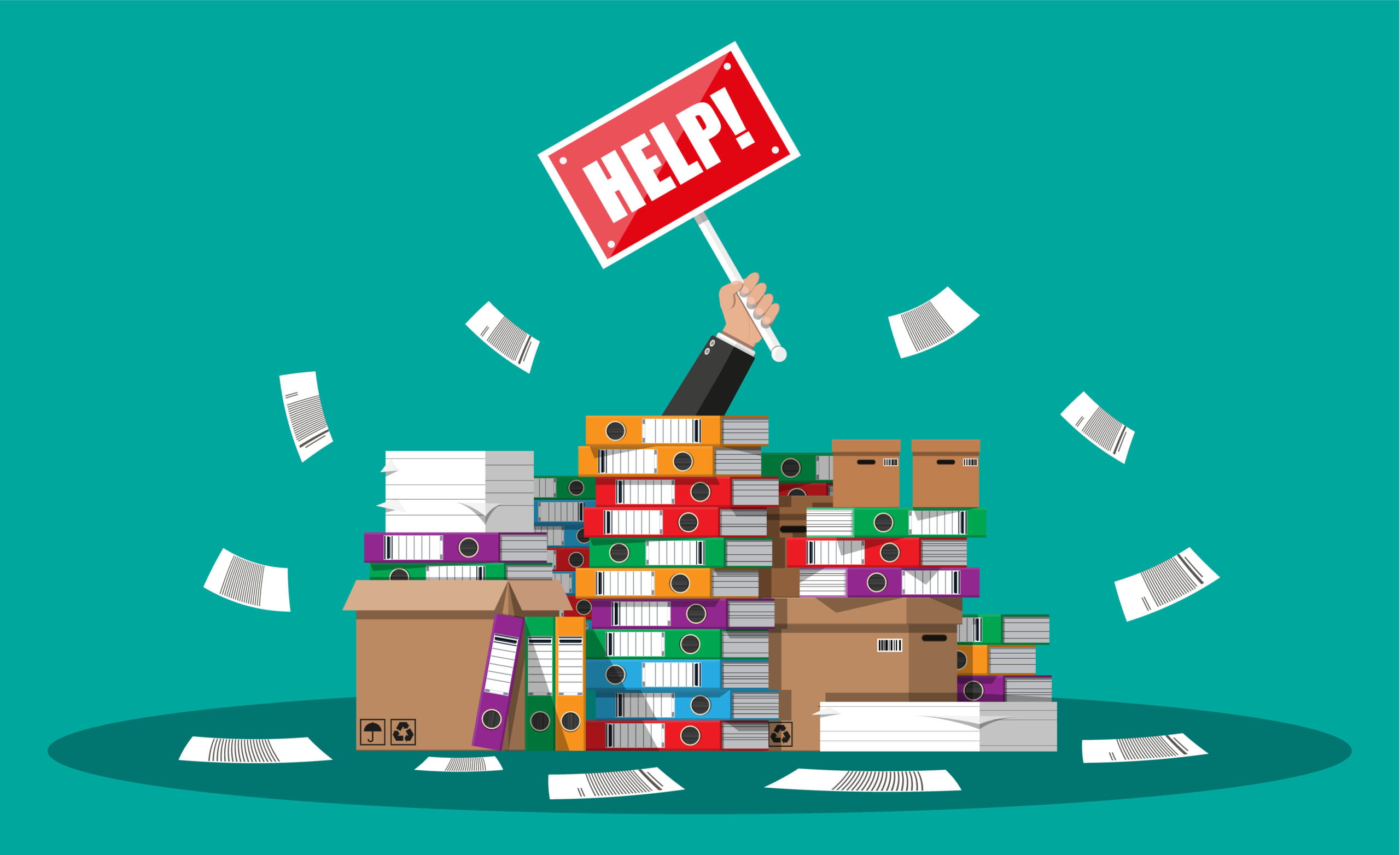Summary: Changes to the Mortgage Stress Test
Looking to purchase a home? Effective June 1, 2021, the rules of the mortgage stress test for homebuyers with uninsured mortgages will become more stringent. In its latest financial system review, the Bank of Canada said that many households have taken on large mortgages compared with their income, limiting their flexibility to deal with an unforeseen financial shock like the loss of a job – hence the need for a more stringent stress test.
What is a Mortgage Stress Test?
From a financial perspective, a stress test is just how it sounds. It’s a way of testing how you and your finances might be affected by a sudden bout of financial turmoil, such as a loss of employment. When it comes to mortgages, it’s how you, as the potential homeowner, would cope with your mortgage payments in the event that your interest rate rises, or you suffer some form of financial hardship. Simply put, the stress test forces you to come face-to-face with the high costs of being a homeowner.
History & Purpose of the Test
The Office of the Superintendent of Financial Institutions Canada (OSFI) proposed changes to Canadian mortgage and housing rules in July of 2016. One of which was the implementation of a mandatory “stress test” for potential homeowners who are borrowing through federally regulated lenders, such as banks. On the other hand, provincially regulated credit unions and private mortgage lenders in Canada are not required to conduct a stress test with their prospective borrowers.
The purpose of the stress test is to tackle the household debt issue in Canada and prevent consumers from getting themselves into even more debt by taking on a mortgage that’s beyond their financial means. In Canada, the average household is indebted at 170.7% of their disposable income, which means that Canadians owe $1.71 for every dollar they earn after taxes. With the gradual rise of housing and interest rates across the country, many would-be homeowners wouldn’t be able to afford their houses in the years to come.
Understanding the Changes to the Test
Previously, only home buyers with less than 20% were subject to the mortgage stress test. Effective June 1, 2021, all residential mortgage applications with federally regulated lenders will be subject to the mortgage stress test.
In order to pass the mortgage stress test, you will need to qualify at the Bank of Canada’s benchmark rate (currently 4.50%) or your contracted mortgage rate plus 2% – whichever is higher.
- For example, if you are applying for a mortgage at a rate of 2.05%, then your lender will assess you as if you were paying your home loan at 5.25% (since 2.05% + 2% is lower than the benchmark rate).
How to Prepare for the Mortgage Stress Test
Lenders use a few key metrics when assessing borrowers to ensure that they can pass the stress test and manage mortgage payments. Two key metrics include the gross debt service ratio (GDS) and total debt service ratio (TDS) of the prospective borrower.
- Gross debt service ratio (GDS) – Your GDS represents the percentage of your pre-tax income that’s required to pay all housing costs. In addition to assessing the stress-tested monthly mortgage payment, the lender will review the cost of all other monthly expenses, including condo fees (if applicable), utility bills, and property taxes. All of these costs will be added together and divided by your gross monthly income. Ideally, lenders want to see a percentage of no more than 32%.
- Total debt service ratio (TDS) – All your debts will need to be factored into the equation as well, which is why lenders will also look at your TDS. This represents how much of your monthly income is needed to adequately cover your debts (i.e., car payments, personal loans, student loans, credit cards and lines of credit). When all of these debts are added up, your TDS should be no more than 42% of your gross monthly pay in order to get approved.
To put yourself in a strong financial position for the mortgage stress test, here are a few helpful actions that you can consider:
Pay down your debt: Your lender will look at all of the debt that you currently carry and factor it into their assessment of whether or not you’d be eligible for a mortgage. The smaller your current debt load, the lower your TDS will be. In turn, your stress test results may be more favourable. Focus on paying down your high-interest debt first (such as your credit cards) to avoid paying so much in interest charges.
Apply for a smaller loan amount: Be realistic regarding how much you can afford. You might have your sights set on a home in the $500,000 price range, but perhaps you might make things a lot more financially feasible for yourself if you look at homes in the $350,000 price range instead. Not only will this increase your odds of passing the stress test and getting approved for a mortgage, but it can also free up more of your income and prevent you from becoming house poor, which will allow you to acquire more assets.
Crunch some numbers: Assess your financial situation and ask yourself if you could really afford to pay an additional $500, for example, for your monthly mortgage payment if interest rates went up. This is an especially important consideration for those with a variable rate mortgage, as variable rates are determined based on the prime rate.
For more articles and insightful information regarding real estate in Canada, click here.

